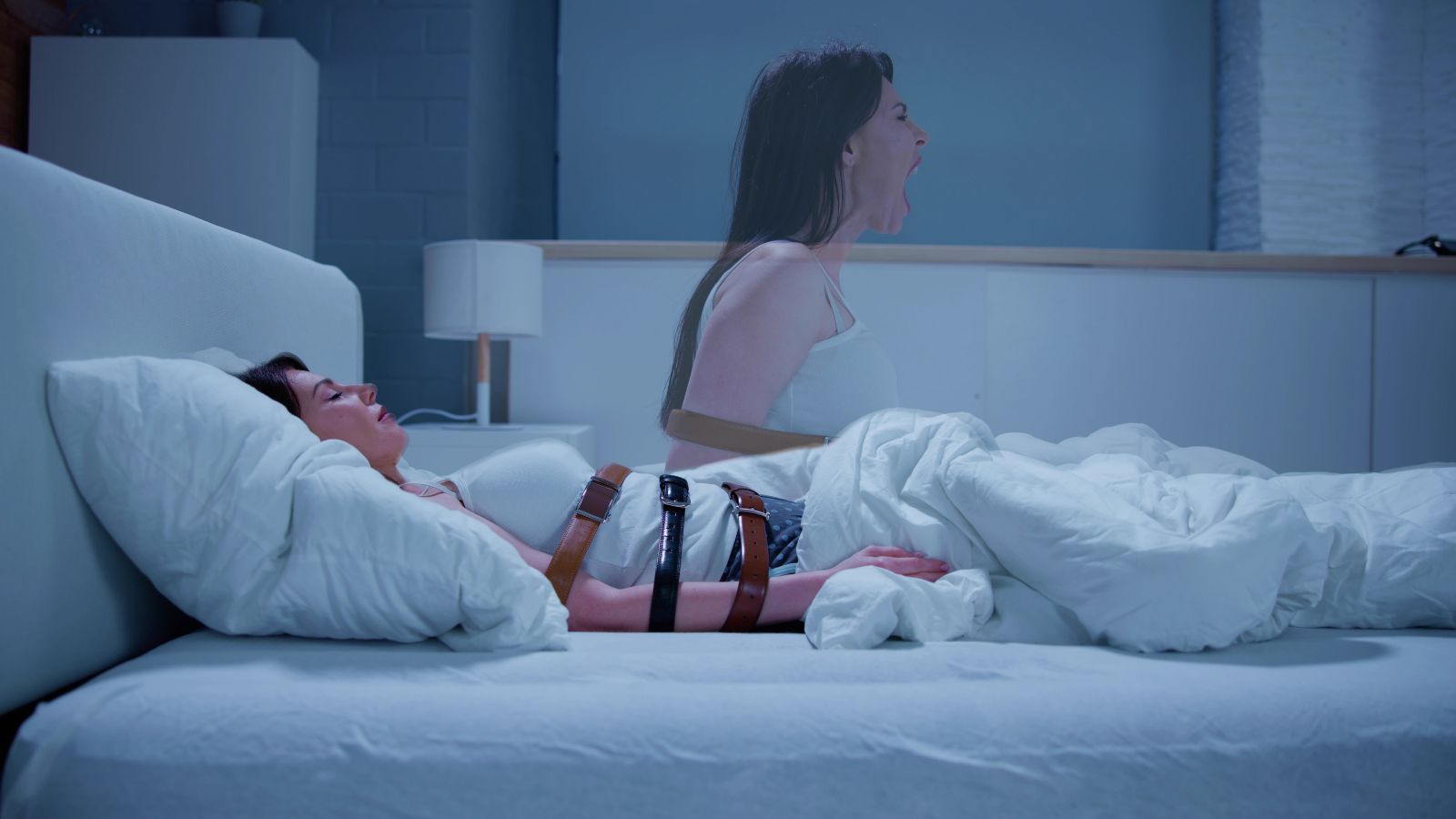If you have ever woken up in the middle of the night and found you can’t move, or even cry for help, you have experienced sleep paralysis. If, during this bizarre paralysis, you suddenly felt that someone – or something – was watching you, you have come face to face with the waking hallucination known as the Intruder. And if all this happens and then a ghastly creature resembling a gnome or a night elf crawls onto you to whisper sweet impish nothings into your ear, congratulations, you are one of the lucky ones to know the Incubus.
And you’re not alone.
Sleep Paralysis (SP) and its associated visions, known as hypnagogic hallucinations (HH), are still a mystery to medical science, even though 40% of the world’s population has experienced it at least once in their lives. Although a common symptom of narcolepsy and other sleep disorders, sleep paralysis can also be induced in healthy dreamers due to factors like sleep deprivation, jet lag, or too much cannabis before bed.
Normally in REM sleep, the body is paralyzed to prevent us from acting out our dreams. In sleep paralysis, the REM paralysis persists momentarily after we have woken up. But we’re not really awake – rather we are aware in a fugue state in between dreaming and the waking world. We literally project the dreamscape onto the landscape of our sleep environment.
The apparitions associated with sleep paralysis include aliens, angels, and ancestors, depending on your cultural upbringing and your level of fear. Like lucid dreaming, this nightmare is really a co-creation between the dreamer’s (or visionary’s) expectations and the murky-murk of the unconscious or perhaps the collective realms beyond the personal mind.
It’s truly an extraordinary conscious state, but not many people talk about it because to be haunted by demons in the 21st century, this Age of Information, is to be doubly cursed.
I’m not sure what’s more disturbing, though: that around the world millions of people are visited at night by ghoulish entities who want to torment/sleep with us, or that, in a recent diagnostic survey, over half of psychiatrists admitted that they would diagnose a person who reported a typical sleep paralysis dream (can’t move, can’t breathe, stinky demon sitting on the chest) with some kind of psychosis such as schizophrenia.
As Hufford himself has said in an interview in the 2008 documentary Your Worst Nightmare, “We have erased knowledge of these experiences from the cultural repertoire while these experiences are continuing to happen. That’s dramatic. That’s a level of social control that’s very impressive.”
Indeed, sleep paralysis visions are a normal, healthy part of life for thousands of psychics, shamans, and explorers of the deep mind. Like lucid dreams and psychedelic encounters, SP visions present gifts and opportunities once you get used to all the existential horror, spontaneous kundalini blasts, and first chakra freak-fests. My hope is that we can begin to reclaim this lost lexicon and learn from one another about these freaky underworld visions that have helped shape our myths and fairy tales.
What follows is an excerpt from chapter 4 of my ebook Sleep Paralysis: A Dreamer’s Guide. This chapter explores the psychological theories currently in vogue about the Apparition, as well as a quick look into the role sleep paralysis apparitions have played in history.
Excerpt from Chapter 4 of Sleep Paralysis: A Dreamer’s Guide
Psychological Theories about SP Entities
The Threat Vigilance System
Scientists have had little to say about these apparition visions until recently. Current cognitive psychology research suggests that SP with HH triggers a threat-awareness scan in the brain known as the vigilance system. [1] This process is largely unconscious and normally is responsible for identifying possible threats (“What’s that noise?”) and making quick decisions about our physical safety (“Oh, it’s just the cat.”). But in SP/HH, our eyes are open and we are projecting our dreams into physical space.
The combination of sensing and imagining makes the system go a little haywire, causing the vigilance system to stay activated because it cannot clarify exactly what the threat is. “Threat!” the system calls, again and again. This, in turn, makes our fear intensify because a part of the brain responsible for intense emotions, the amygdala, is already heightened in this dream state. [2] So we project images of our worst fears into the room, intensifying our fear even further as the Stranger takes form.
It is an escalating fear-vision feedback system that precipitates the apparition beside our bed with its darkened face and evil-feeling presence. We co-create the nightmare without even knowing it.
In my mind, this physical explanation is incomplete because it doesn’t explain why the triggered vigilance system interprets the vague dream forms as a human-like presence. Why not a tidal wave, an earthquake, or an avalanche? After all, these are common themes in many other kinds of nightmares.
Neurotheology and Spirits
This is where the research of anthropologist Michael Winkelman comes in handy. Winkelman suggests that humans are hard-wired to see spirits; it’s part of our genetic make-up. Known as neurotheology [3], this view posits that the universality of seeing spirits does not necessarily mean that “spirits are real,” but certainly that the experiences are authentic, and not just made up by a combination of wishful thinking and cultural loading from myths and fairy tales.
Further, Winkelman suggests that we are predisposed to see human-like spirits because our minds are accustomed to perceiving the world as having qualities like ourselves. When something sudden happens –a peal of thunder– our first assumption is, “Who did that?” So in times of ambiguity, projecting a human-like actor into the scene is our first cognitive line of defense. Why?
Maybe because you can try to reason with a Thunder God, but not with nature herself. This has appeal from an evolutionary perspective, because the greatest danger to a human life has never been the tiger or the lion, but social ostracization and abandonment.
Whether or not we accept Winkelman”s hypothesis, neurotheology brings a crucial insight to the worldwide perception of the Stranger apparition: in times of distress, we tend to perceive self-like entities in the world.
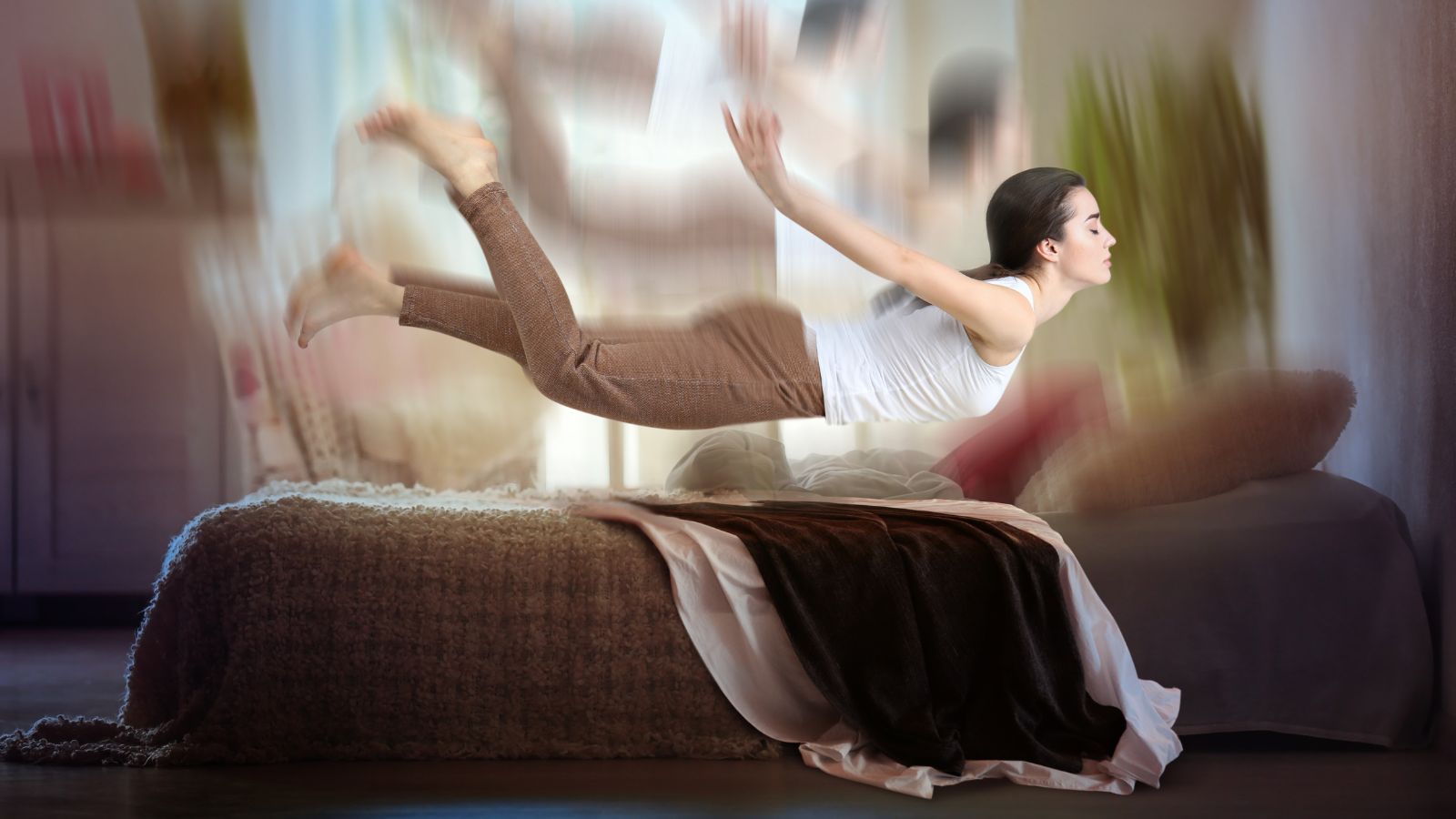
Dreams, Archetypes and Entities
Dreams also brings us closer to the unconscious frameworks with which we see the world. REM dreaming is, neurologically speaking, a visionary state of mind. Activation of the limbic system brings strong emotions, combined with an enhanced access to long-term memory–and a depression of short-term memory so we don’t tend to question who or where we are. [4] Add the intense firing of the parts of the brain that brings mental imagery, and you have dreaming: a potent mix of visual-emotional metaphors that link to our deepest memories and experiences.
This neurological basis of SP visions in REM sleep provides additional support for the archetypal psychology of Carl Jung and James Hillman. [5] These depth psychologies address the issue of “visitors” in dream visions as communication between the conscious mind and unconscious processes. These processes are autonomous, occurring on their own accord, whether or not we pay attention to them.
However, directing heightened awareness towards these images can quicken the mind’s digestion and integration of these ancient impulses, personal myths, and cultural and familial expectations. Some of the archetypal images that may arise from these deep psychological processes are human figures such as the wise old man and wise woman, and the inner child.
The Shadow
One of Jung and Hillman’s insights into our propensity to create nightmarish figures in dreams and visions is that sometimes we are faced with confrontation images that just will not go away. This is the archetype of the Shadow. Poet Robert Bly calls the shadow everything we don’t want to look at that we threw into a bag long ago. [6] While the shadow can be parts of ourselves that we have disowned (such as greed, weakness, or an undeveloped artistic ability), it can also be something about our culture, our nation’s history, or our socio-economic class that we don’t like to think about.
The shadow could express poverty, racism, or a landscape that has been repeatedly stripped of its natural habitats. These unconscious patterns can play out over and over throughout history, as well as in our dreams. [7] In SP visions, sometimes the apparition comes not just to be scary, but to be heard.
Still, we want to be careful not to reduce the apparitions to a symbol or concept. Each meeting is unique, alive, and dynamic. I can tell you from personal experience that the Stranger, or any dream figure, doesn’t take kindly to being called a “representation.” Would you?
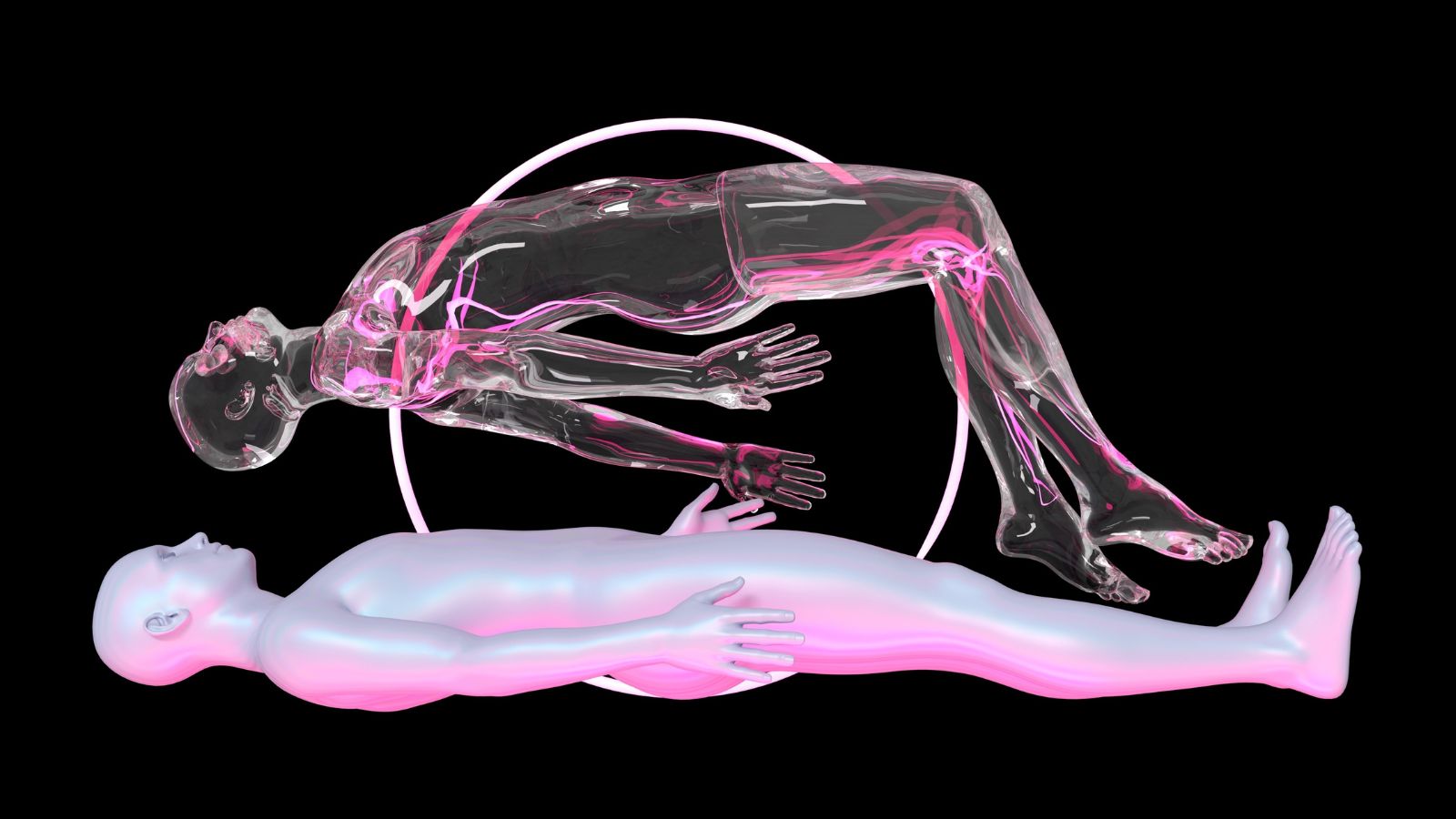
Psychic Dimensions of SP Apparitions
The literature on the connection between hypnagogic hallucinations and psychic effects is pretty vast and comes from many parallel threads. Telepathy, ESP, and mutual dreams have been cited in religious texts and accounts, 19th century spiritualism and occult texts, and in modern controlled studies. In general, dream researchers who look at this aspect of dreaming suggest that hypnagogia (and its sister state in sleep awakening, hypnopompia) seem to be “more conducive to telepathy,” as Simon Sherwood reports in his 2002 meta-analysis. [8]
Neurology, of course, does not really provide much support of this topic, except to say that HH are more similar in brain activation to trance states than ordinary dreaming. [9] Heightened alpha brain waves are reported in SP/HH, [10] just as with OBEs, and some forms of deep meditation, all of which are correlated with psi accounts.
Field anthropologists who study indigenous peoples have also reported numerous anomalous “psi” events, usually saving their declaration after they secure tenure or retire. [11] These events, while hard to replicate in a lab, become an accepted part of life for those who remain open to uncanny and bizarre experiences such as synchronicity and precognitive dreams.
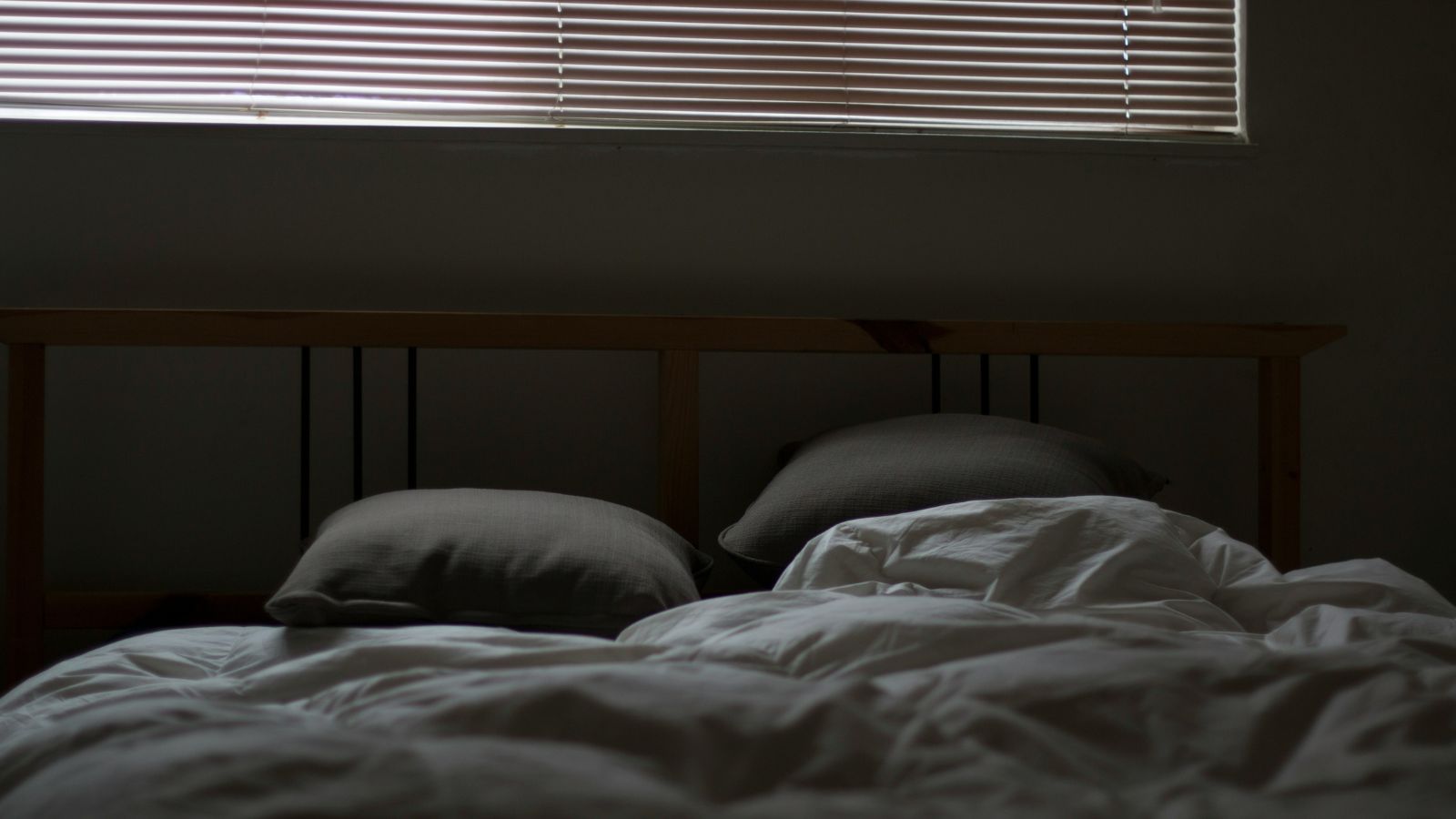
Sleep Paralysis and Place: A Geologic Hypothesis
Psychologist Jorge Conesa-Sevilla has put forward an ecopsychological hypothesis about SP/HH. Ecopsychology is the study of the mind in association with the natural environment. Conesa-Sevilla suggests the uncanny state of mind may be triggered by geological anomalies, and points out that cultures living in the “Ring of Fire,” the geomagnetically unstable areas of Central America, the Pacific Coast of the US, Southern Alaska, Hawaii, and Indonesia, have a much more developed vocabulary for sleep paralysis and its accompanying hallucinations than anywhere else in the world. [12]
Many of the indigenous peoples of these territories are dreaming cultures that pay attention to, and actively invite, the “dreaming arts” such as lucid dreaming, reverie and trance states. [13] Given that geomagnetic effects have been shown to alter consciousness, Conesa-Sevilla’s hypothesis is not so unlikely.
Similarly, archaeologist Paul Devereux has noted that SP is one state of consciousness among many that “transgress” the normal boundaries of mental imagery (without straying into psychosis), and may be responsible for some mental events interpreted as hauntings. [14] In both of these theories, then, the Stranger can be seen as emerging from local environmental conditions, as well as from the dreamer’s own mind and cultural upbringing.
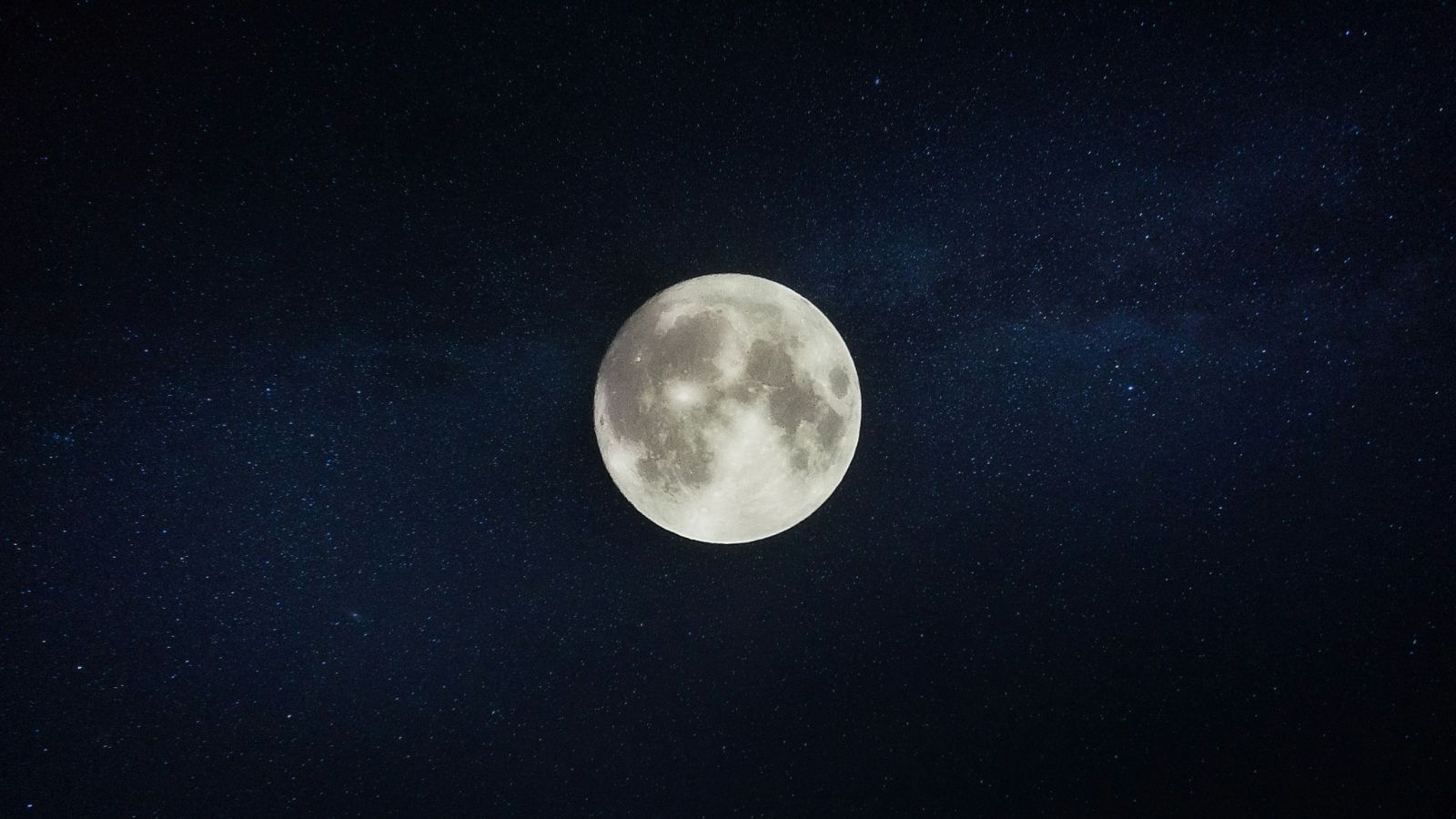
Sleep Paralysis Interpreted Through History
The phenomenon of the Stranger has occurred throughout recorded history and around the world. This spirit with a thousand faces [15] has a long distinguished history of being the scariest thing around. Many “things that go bump in the night” could take place during SP nightmares. Here are some examples from the history books:
Ghosts and Hauntings
Many tales of hauntings in Europe and the US take place when the witness is lying in bed awake when suddenly he or she feels a presence in the room at the same time notices the onset of paralysis. In many of these classic accounts, an apparition may come into the room, sit on the bed, or start choking the witness with ghostly hands. Other accounts mention fighting with ghosts or specters, and finally “pushing” them off.
Scrooge’s encounter with the ghost of Marley in Charles Dickens’ Christmas Carol is a good example, as this fictional narrative has many SP features, such as feeling of presence in the room, followed by the sound of chains and approaching footsteps, and the narrator’s adamant conclusion that he is awake despite the otherworldly nature of the encounter. Individuals not accustomed to lucid dreaming, iSP and other extraordinary states, do not understand that you can be hallucinating while still in your “right mind,” leading them prematurely to supernatural explanations. [16]
Witchcraft and Demons
In Europe and the US, belief in witchcraft has a long history. According to 17th century American court documents, for example, a woman was tried as a witch because her accuser said that her apparition came into his room at night and climbed on top of him. This was called “witch riding,” and still is in some African-American communities. [17]
In medieval Europe, accounts suggest that demons could sit on the sufferer’s chest and sexually molest them against their will. These demons were known as the Incubus (male) and the Succubus (female). [18] The Malleus Maleficarum (“the Witch’s Hammer”), a guidebook written in 1486 and used to prosecute pagans and witches during the Inquisition, suggests that witches are those who voluntarily submit themselves (and have intercourse) with the Incubus demons. Some succubi legends suggest female demons collected men’s sperm during forced intercourse at night.
Fairies and Little People
The fairy folklore of the British Isles is often framed around an abduction story. The fairy gives the victim a drink or otherwise induces paralysis, and then absconds with the victim to fairyland, always returning him safely to his bed. [19] In some fairy tales, however, children are stolen and never returned. [20] Incidentally, fairies were also blamed for paralysis in livestock, which was called “fairy-riding.”
In Norse mythology, black elves known as Svartálfar were feared because of their paralyzing arrows, called “elf shot.” These dwarf-like creatures were known for sitting on the sleeper’s chest and whispering horrible things into the dreamer’s ear. In German, the word for nightmare, “Albtraum” still translates to “elf dream.” Sleep paralysis entities seem to consist more of the “earth fairies,” such as trolls, dwarves, and wood nymphs, as opposed to the more delicate winged fairies and water nixies.
Vampires
This passage from Bram Stoker’s Dracula speaks for itself:
There was in the room the same thin white mist that I had before discovered . . . I felt the same vague terror which had come to me before and the same sense of some presence . . . Then indeed, my heart sank within me: Beside the bed, as if had stepped out of the mist–or rather as if the mist had turned into his figure, for it had completely disappeared–stood a tall, thin man, all in black. I knew him at once from the description of the others. The waxen face: the high aquiline nose, on which the light fell in a thin white line; the parted red lips, with the sharp white teeth showing between; and the red eyes . . . I would have screamed out, only that I was paralyzed. [21]
Sound familiar? The detail about the mist transforming into the dark figure is a clue that we’ll come back to soon.
——
- Cheyne et al. 1999.
- Marquet et al. 1996, cited in Rock 2004, p. 52
- Winkelman 2004, p. 60. Neurotheology moves far beyond
this idea, and has sponsored some well-meaning but ultimately reductive quests,
such as the search for the “God gene.” Winkelman stays within his
warrant, and does not comment on the ontological reality of spirits, only their
phenomenal reality beyond the cultural source hypothesis which reduces SP
visions to fairy tale replays. - Hobson Dreaming; an Introduction to the science of sleep, 2002. Hobson and other dream researchers still
debate if REM = dreams, but we can safely say that most dreams we remember come
from this physiological state. - The best introduction to Jung is his autobiography Memories, Dreams, and Reflections.
Hillman book the Soul’s Code, while
not explicitly about dreams, showcases his theory of the personality and its
inner workings. - Bly; A Little Book on the Human Shadow. 1998.
- See Chalquist’s Terrapsychology, 2007 for more about myth, landscape, and
unconscious acting-out. - Sherwood; “Relationship between the hypnagogic/hynogogic states and reports of anomalous experiences.” Journal of parapsychology, 66, pp. 127-150. 2002, p. 136. Stan Krippner and Montague’s Ullman’s
work at the Dream Laboratory of the Maimonides Medical Center in the 1970s has
proven to be the zenith of scientific work on psychic dreams; but the evidence
is well known to lifelong dreamers. - Hunt; Multiplicity of Dreams 1989.
- Takeuchi et al. Isolated sleep paralysis elicited by sleep interruption. Sleep, 15, pp. 217-225, 1992. The authors of this study propose that
two thirds of ghost tales, if taken seriously, may occur when the witness is in
sleep paralysis, highway hypnosis, REM sleep disorder, or other clinically
diagnosed diseases and syndromes. - Young and Goudet, Being Changed: The Anthropology of Extraordinary Experience. Ontario, Canada; Broadview Press.1994.
- Sevilla; Geomagnetic, cross-cultural and occupational faces of sleep paralysis: and ecological perspective. Sleep and Hypnosis, 2, pp. 105-111. 2000.
- Tedlock 2001 in Bulkeley’s Dreams: a reader on the religious, cultural, and psychological
dimensions of dreaming. - Devereux 2001, Haunted
Land, p. 190. Sherwood (2002) also discusses the correlation between
hypnagogic hallucinations and anomalous experiences including telepathy,
pyrokinesis, past life experiences, and near death experiences. - My apologies to Joseph Campbell, who, to the delight of
readers and disdain of academic folklorists everywhere, integrated Jungian
psychology with the expressions of folklore, myth, and ritual. See the Power of Myth. - I don’t mean to reduce all uncanny phenomena to physical
brain states such as SP/HH. Rather, I suggest that uncanny states, which
sometimes include content that cannot be known by rational means or any
psychological process we currently understand, have material correlates. See
Proud (2009) for experiences about the paranormal elements of SP/HH. For a
review of the scientific inquiry into psi, ESP and dream telepathy, I recommend
Charles Tart’s The End of Materialism. - Hufford 1982, The
Terror That Comes in the Night, p. 221. - Jones 1951, On the
Nightmare, p. 82. Jones was a student of Freud’s, and interpreted many SP
experiences as repressed sexual urges. - Briggs 1976, Encyclopedia
of Fairies. - Froud 1998, Good
fairies, bad fairies. A whimsical guide, mixed with authentic folklore
research and captivating illustrations. - Stoker, Dracula, p.
267 as quoted in Hufford 1982, p 228.
